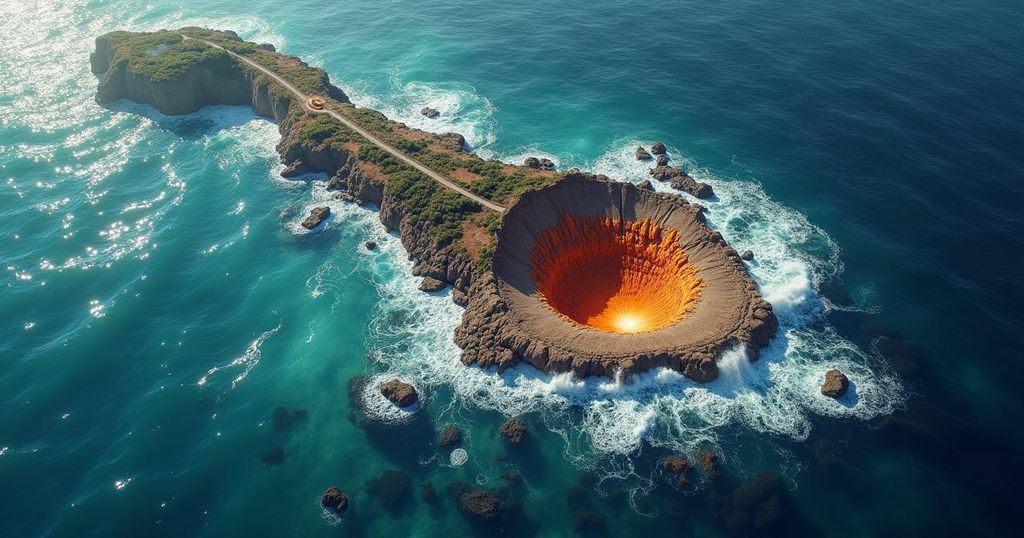A M6.2 earthquake struck off the coast of Costa Rica on October 12, 2024, at a depth of 18 km. The epicenter was located 41.4 km NW of Tamarindo. Approximately 69,000 people felt moderate shaking and 1.86 million light tremors. A Green alert was issued by the USGS, indicating a low likelihood of casualties or significant damage, with no tsunami warning raised.
On October 12, 2024, a powerful M6.2 earthquake struck off the coast of Costa Rica at 17:43 local time (11:43 UTC), as reported by the United States Geological Survey (USGS). This tremor occurred at a shallow depth of 18 kilometers (approximately 11.2 miles) and was also confirmed by the European-Mediterranean Seismological Centre (EMSC). The earthquake’s epicenter was situated 41.4 kilometers (25.7 miles) northwest of Tamarindo, a town with a population of 6,375; 67 kilometers (41.6 miles) west-northwest of Santa Cruz (population 12,281); and 75.9 kilometers (47.1 miles) west of Liberia (population 45,380) within Guanacaste Province. An estimated 69,000 individuals experienced moderate shaking, while approximately 1,856,000 residents felt light tremors. Fortunately, there is no tsunami threat associated with this seismic event. The USGS has issued a Green alert regarding the potential for shaking-related casualties and economic repercussions, indicating a low probability of severe damage or loss of life. Despite the issuance of the alert, it is important to note that many structures in this region, particularly those constructed with mud walls and adobe blocks, are highly susceptible to seismic shaking, although some buildings have been designed to withstand such events. Historical data from recent earthquakes in the area also reveal possible secondary hazards, such as landslides and liquefaction, which could exacerbate potential losses.
Costa Rica is situated along the Pacific Ring of Fire, where tectonic activity is common due to the converging plates of the Nazca and Caribbean tectonics. Earthquakes in this region can range significantly in magnitude and depth, with coastal regions often experiencing shallow earthquakes that may result in noticeable shaking felt by the population. The construction methods prevalent in certain areas, particularly those relying on traditional materials like mud and adobe, can present increased vulnerabilities to seismic activity. Given this context, seismologists meticulously monitor seismic events and assess their impact on the populace.
In conclusion, the recent M6.2 earthquake off the coast of Costa Rica illustrates the ongoing seismic activity typical to this region, where geological factors and building practices converge to create varying levels of risk for the local population. Fortunately, forecasts predict low casualties and damage from this event, although precautionary measures remain vital for mitigating future risks.
Original Source: watchers.news






